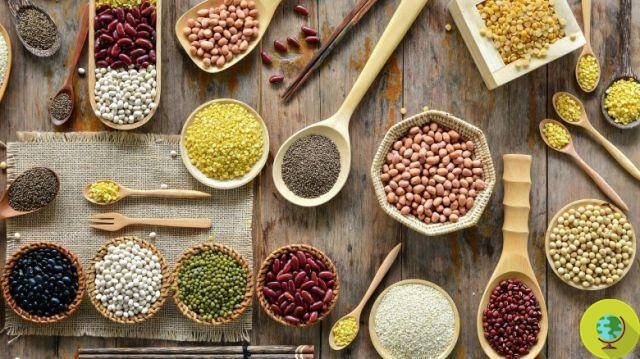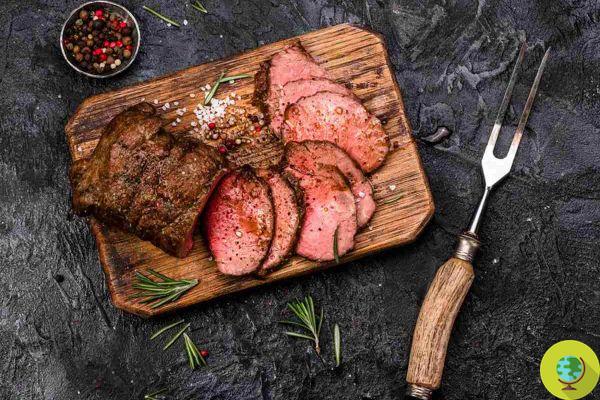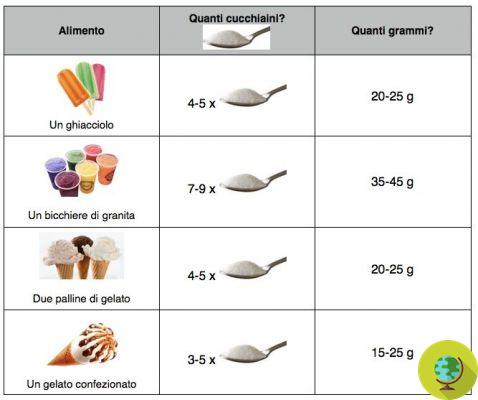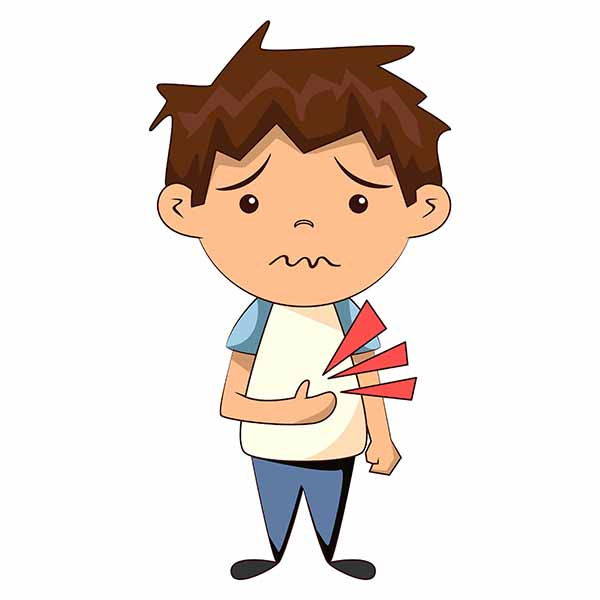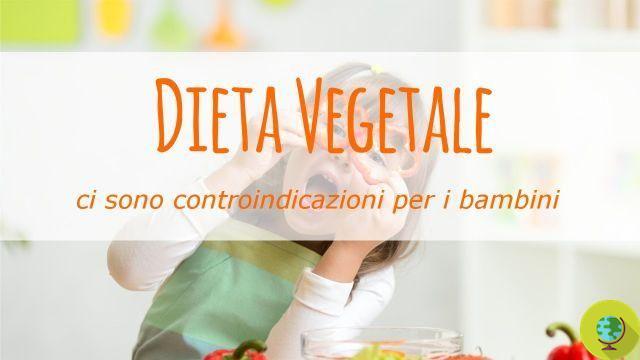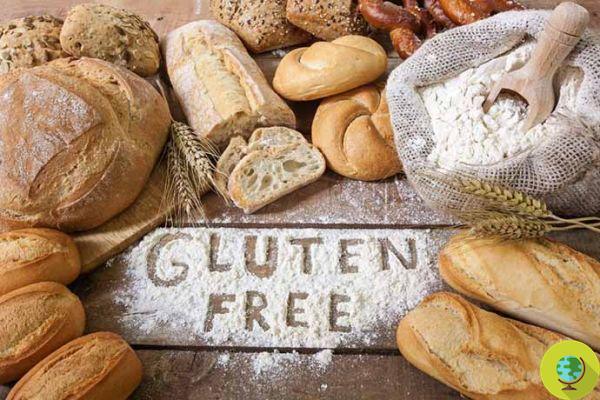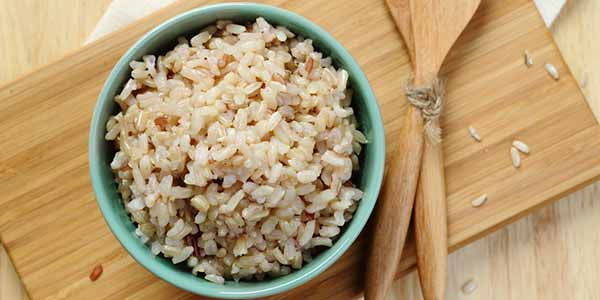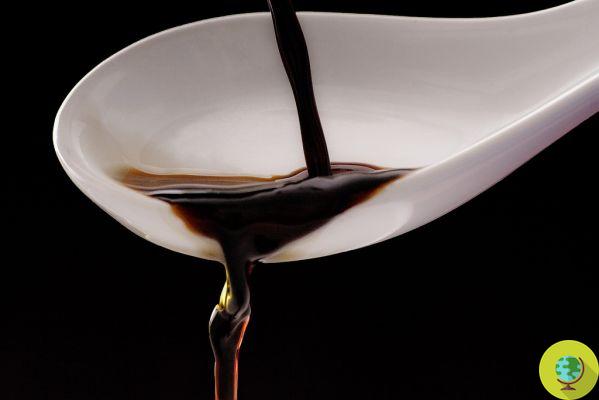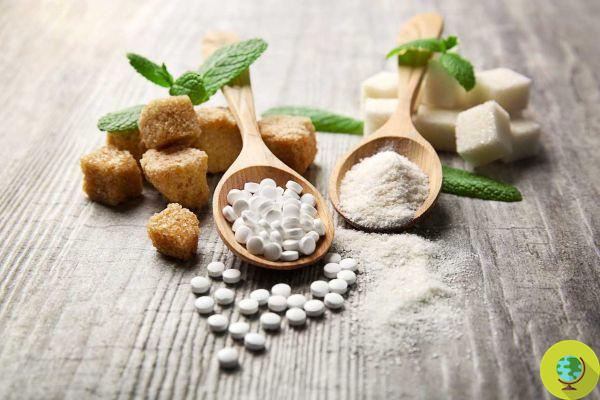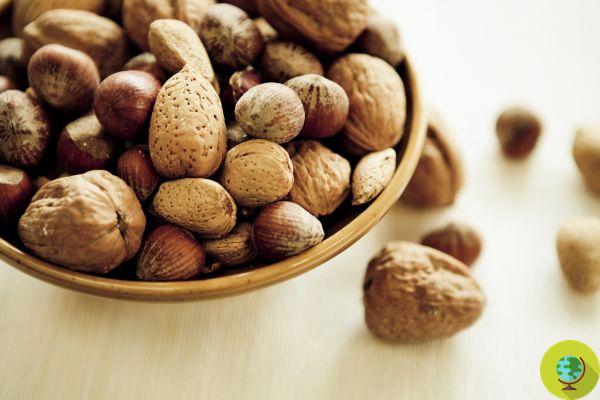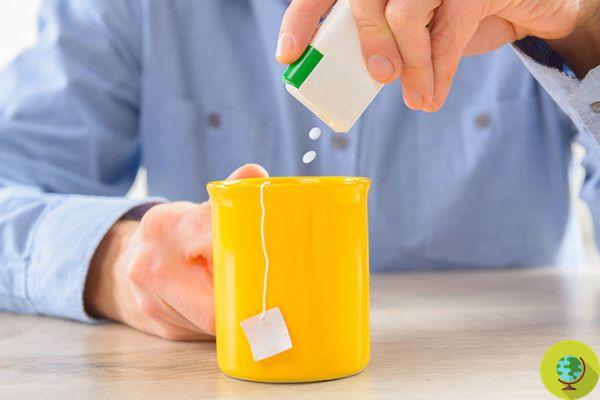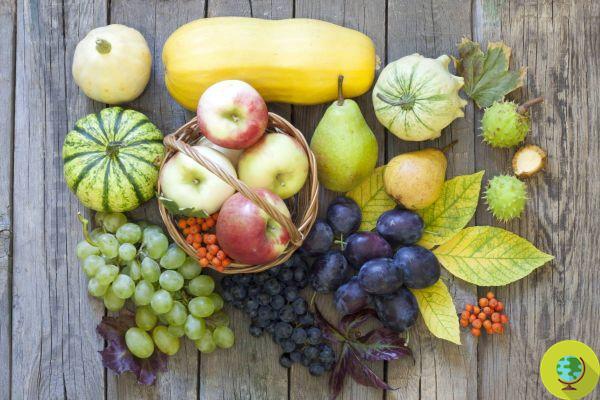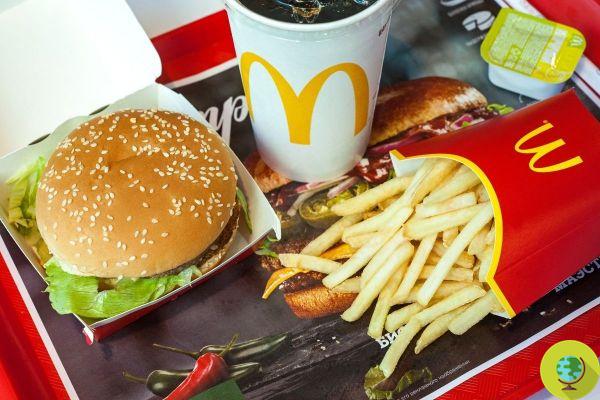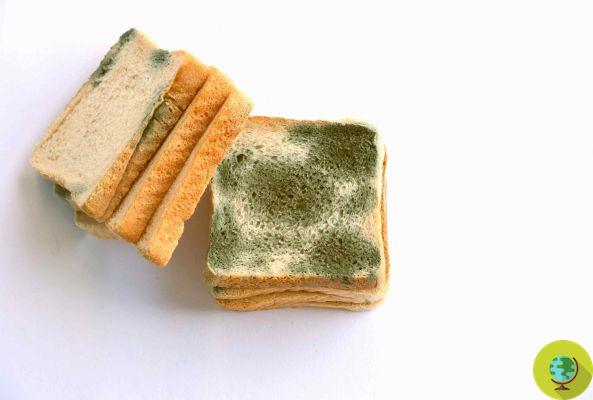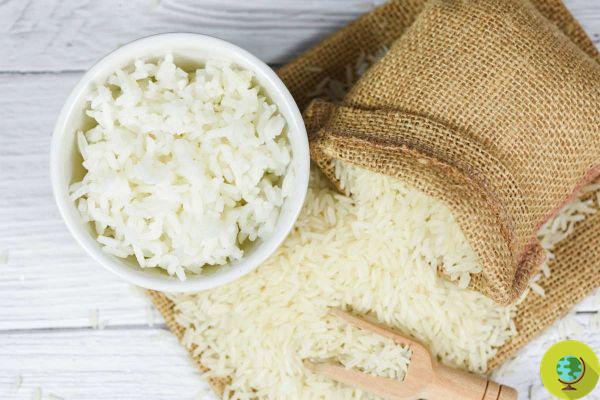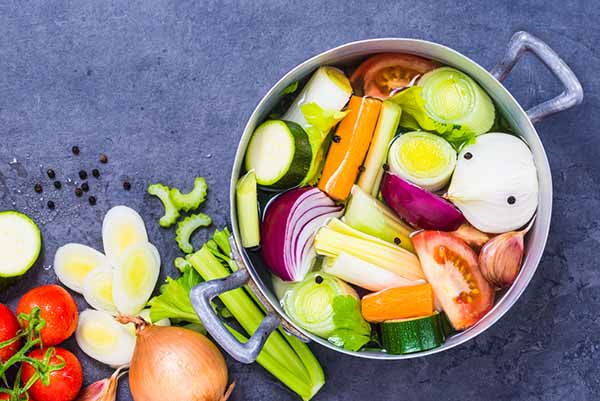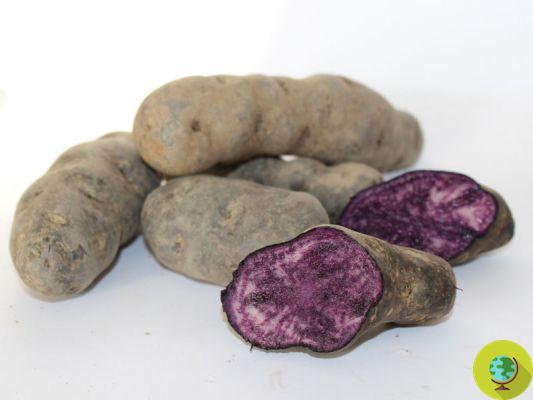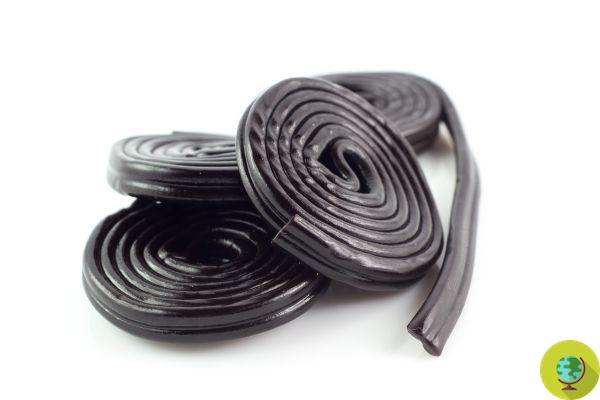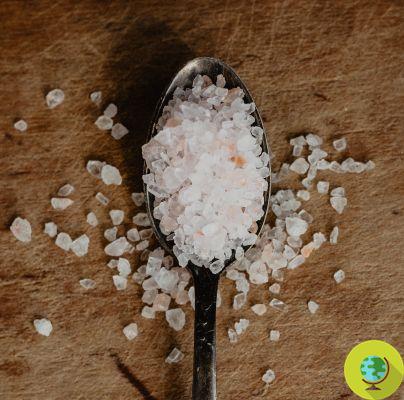
The World Health Organization has changed previous guidelines regarding sodium consumption and for the first time is concerned with issuing guidelines relating to potassium. Adults should not consume more than 2000 mg of sodium per day (5 grams of salt) and pay attention to potassium consumption, which should be at least 3510 mg per day.
Don't store avocado like this: it's dangerous
THEWorld Health Organization has modified the guidelines precedents regarding the consumption of sodium and for the first time it has dealt with issuing indications relating to potassium. Adults shouldn't consume more than 2000 mg of sodium per day (5 grams of salt) and pay attention to the consumption of potassium, which should be at least 3510 mg per day.
The WHO stresses that an individual has high sodium levels accompanied by low levels of potassium, may be at risk of raised blood pressure, which can lead to heart disease, heart attack and stroke.
Among foods rich in potassium, as indicated by the WHO, you can find vegetable and peas, which have a potassium content of approximately 1300 mg per 100 grams; dried fruit (about 600 mg every 100 grams); vegetables and vegetables such as spinach, kale and parsley (about 550 mg per 100 grams); fruit such as bananas, papaya and dates (about 300 mg per 100 grams). Industrial manufacturing processes reduce the potassium content present in various products, recalls the WHO.
As regards the sodium, the WHO recalls the quantities of its presence in some foods of common consumption. Milk and cream they contain about 50 mg of sodium per 100 grams. The eggs they contain about 80 mg per 100 grams. The industrially produced bread it can contain up to 250 mg of sodium per 100 grams. The preserved meats they can contain up to 1500 mg per 100 grams, the same content present in savory snacks, chips and popcorn. The nut it can also contain 20000 mg of sodium per 100 grams of product.
Currently, in the opinion of the WHO, people would consume much more sodium, than potassium, leading to one imbalance situation can cause high blood pressure, which can lead to severe heart disease and increase stroke risk. The guidelines must also be respected in the case of children, based on weight, height and energy consumed, as a child with high blood pressure will most likely be an adult with the same problem. WHO is also engaged in the preparation of new guidelines related to consumption of sugars and fats, in order to limit the risk of obesity and diabetes.
Marta Albè
READ also:
Salt: 6 foods to avoid with high blood pressure
10 food tips to lower blood pressure
Hypertension: This is why salt increases blood pressure
Gomasio: from Japanese cuisine an excellent alternative to salt




